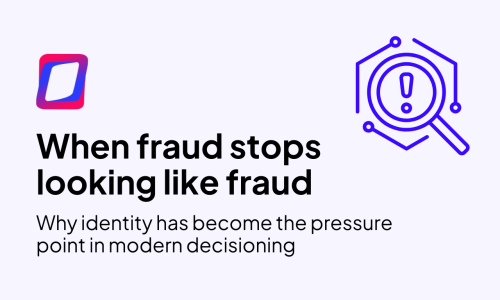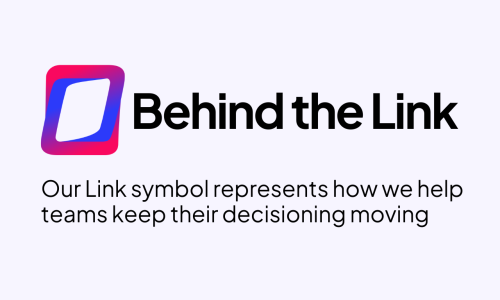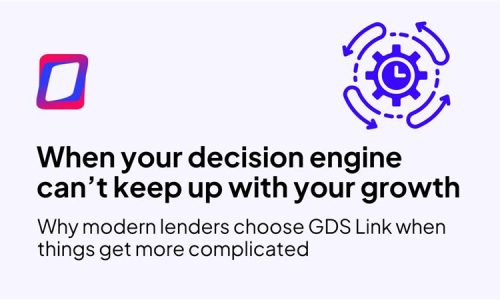Lending Link LIVE: LoanPro’s CIO Explores How Transaction Level Credit is Redefining Card Programs
In the latest episode of The Lending Link LIVE, broadcasting from the Fintech Meetup in Las Vegas, Nevada, we dive into the evolving landscape of modern lending with Nate Bray, Chief Innovation Officer, from LoanPro. Nate offers a behind-the-scenes look at the journey of innovating within the lending sector, emphasizing the transformative impact of compliance as a strategic lever for staying ahead in the game.
He outlines how a proactive approach to regulatory changes, supported by an agile technological platform, is critical for seamless adaptation and competitive advantage. The conversation also unveils LoanPro’s forward-looking innovations to enrich the lending experience, including integrating contemporary payment solutions like Venmo, Cash App, and Apple Pay. This episode sheds light on the intricacies of modern lending practices and the pivotal role of technology in shaping the future of finance.
Jump into the latest episode and explore the future of finance and upcoming trends in fintech with LoanPro’s Nate Bray.
Watch The Episode Replay on YouTube
Or Listen on Spotify
About LoanPro
A platform born from the real-world need to navigate the complexities of lending within an automotive business. Today, LoanPro stands as a beacon of modern, API-first lending solutions, heralding a new era of efficiency and customization in financial services. LoanPro is a purpose-built software for servicing loans, payments and borrower relationships – in a single platform.
About GDS Link:
GDS Link is a global leader in credit risk management, providing tailored software solutions, analytical and consulting services. Our customer-centric risk management and process automation platforms are designed for the modern lender in their pursuit to capitalize on the entire credit lifecycle.
By providing a personal, consultative approach and leveraging our own industry-leading knowledge and expertise, GDS Link’s solutions and services deliver exceptional value and proven results to thousands of clients around the world.
About The Lending Link Podcast:
The Lending Link Powered by GDS Link is a podcast hosted by Rich Alterman and designed for the modern-day lender. Each episode deeply delves into innovation within the financial services industry and transformation efforts, including AI / ML integration, Modeling, Risk Management Tactics, and redefining Customer Experiences.
GDS Link launched The Lending Link to explore unique strategies for the modern-day lender, dive into the innovative advancements GDS Link and our partners are currently developing and delivering, and gain insights from captivating guests within the FinTech, banking, and credit union worlds.
We have a wide range of guests from various lending institutions and diverse organizations who talk about strategies, technology, and everything in between.
Check Out Our LinkTree to listen to podcast episodes on your preferred platform.
Recent articles

When Fraud Stops Looking Like Fraud
Read article
Behind the Link
Read article





